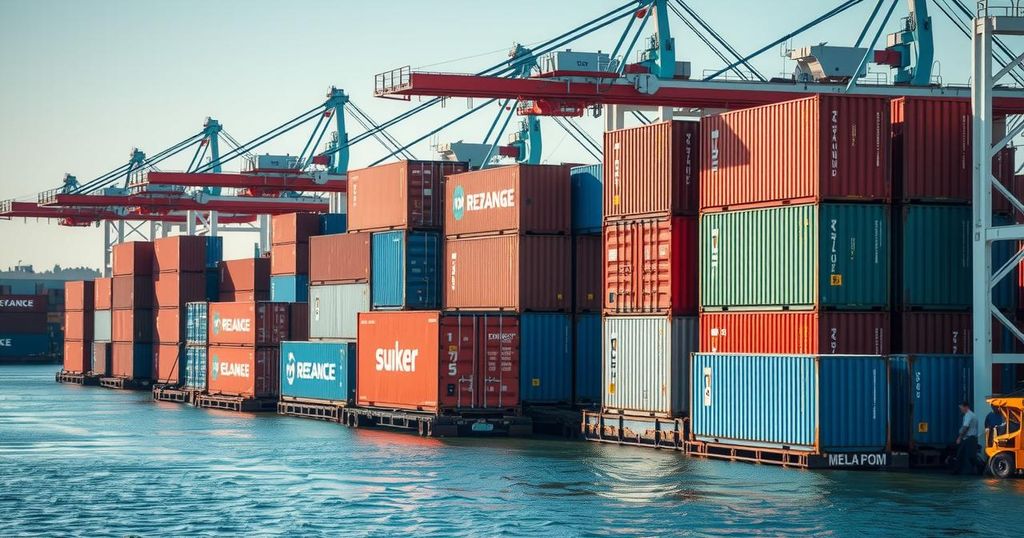Cars
AFRICA, ASIA, BAHAMAS, CHILE, CMA CGM, COURT STREET, DATA ANALYSIS, EUROPE, EXPORTS, HONDA, INDIAN SUBCONTINENT, JAPAN, MA, MAINE MARITIME ACADEMY, MARKET RESEARCH, MEDITERRANEAN, MIDDLE EAST, MIDDLE EAST GULF, NORTH AFRICA, NORTH AMERICA, NORTH EUROPE, PERU, PLYMOUTH, SOUTH AMERICA, SUBCONTINENT, SUPPLY CHAIN, TRADE, UNITED KINGDOM, UNITED STATES, USA
Ethan Kim
0 Comments
CMA CGM Announces Peak Season Surcharge for Reefer Containers from Chile and Peru
CMA CGM announces a Peak Season Surcharge of USD 2,000 for reefer containers from Chile and Peru effective January 10, 2025. This surcharge targets shipments to North Europe, the Mediterranean, North Africa, the Middle East Gulf, and the Indian Subcontinent, remaining valid until further notice.
CMA CGM has announced a Peak Season Surcharge (PSS) impacting refrigerated cargo transiting from Chile and Peru to various regions, effective from January 10, 2025. Containers carrying reefer cargo will be subject to a surcharge of USD 2,000. This measure affects shipments destined for North Europe, the Mediterranean, North Africa, the Middle East Gulf, and the Indian Subcontinent. The company has indicated that this surcharge will remain in place until further notice, reflecting the increased demand during the peak season.
The implementation of a Peak Season Surcharge by CMA CGM is a common practice in the maritime shipping industry, particularly during periods of heightened demand. Such surcharges are designed to offset increased operational costs associated with carrying cargo in peak periods. Reefer containers are specialized for transporting temperature-sensitive goods, making them pivotal in international trade, especially from regions like Chile and Peru, which are known for their agricultural exports.
In summary, CMA CGM’s recent announcement of a USD 2,000 Peak Season Surcharge for reefer containers moving from Chile and Peru is an essential development for shippers and consignees. This surcharge, effective January 10, 2025, aims to manage the elevated demand in key maritime routes, particularly toward North Europe, the Mediterranean, and beyond. Stakeholders should plan accordingly to mitigate the financial impact of this surcharge on their operations.
Original Source: www.ajot.com




Post Comment